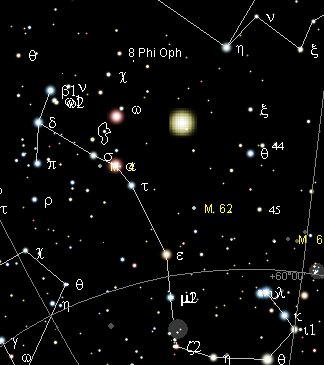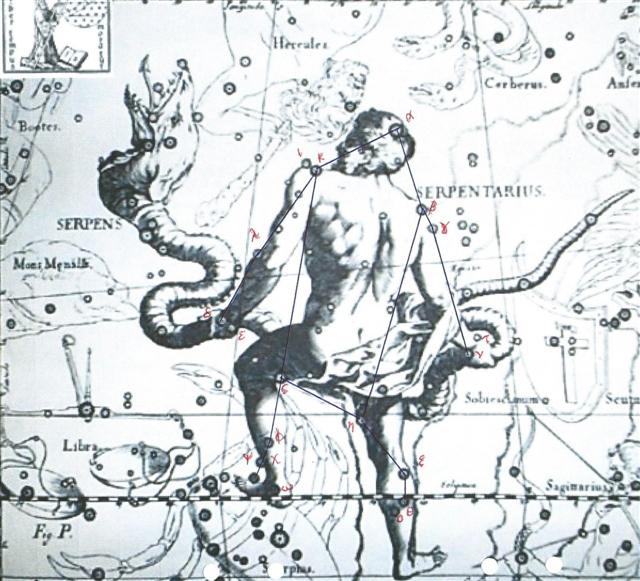153. The name Ancha for θ Aquarii prompted me to look for the meaning of the ancient Egyptian icon Anch: 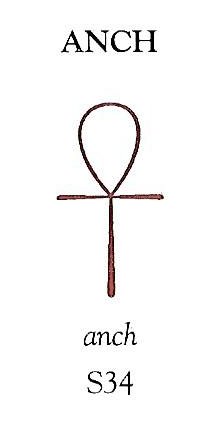 According to Wilkinson the word anch sometimes could be translated as 'flower'. Although the hieroglyph might possibly be a picture of a sandal strap.
... They walked in crowds when they arrived at Tulan, and there was no fire. Only those with Tohil had it: this was the tribe whose god was first to generate fire. How it was generated is not clear. Their fire was already burning when Jaguar Quitze and Jaguar Night first saw it: 'Alas! Fire has not yet become ours. We'll die from the cold', they said. And then Tohil spoke: 'Do not grieve. You will have your own even when the fire you're talking about has been lost', Tohil told them. 'Aren't you a true god! Our sustenance and our support! Our god!' they said when they gave thanks for what Tohil had said. 'Very well, in truth, I am your god: so be it. I am your lord: so be it,' the penitents and sacrificers were told by Tohil. And this was the warming of the tribes. They were pleased by their fire. After that a great downpour began, which cut short the fire of the tribes. And hail fell thickly on all the tribes, and their fires were put out by the hail. Their fires didn't start up again. So then Jaguar Quitze and Jaguar Night asked for their fire again: 'Tohil, we'll be finished off by the cold', they told Tohil. 'Well, do not grive', said Tohil. Then he started a fire. He pivoted inside his sandal ...
In the Polynesian language the word pua could be translated as 'flower'. But then it could alternatively be used for 'woman'. Pua. 1. A zingiberacea (plant of which few specimens are left on the island). 2. Flower: pua ti, ti flower, pua taro, taro flower, pua maśku pasture flower; pua nakonako, a plant which grows on steep slopes and produce red, edible berries. 3. Pua tariga (or perhaps pu'a tariga), anciently, hoops put in earlobes. 4. The nanue fish when young and tender. Puapua, summit, top, upper part; te puapua o te maśga, the top of the mountain; te puapua kupega, the upper part of a fishing net. Vanaga. Pu'a. 1. (Modern form of pu'o), to cover up something or oneself, to put on; ka-pu'a te ha'u, put on your hat; ka-pu'a-mai te nua, cover me up with a blanket. 2. To respond to the song of the first group of singers; to sing the antistrophe; he-pu'a te tai. 3. To help; ka-pu'a toou rima ki a Timo ite aga, help Timothy with the work. 4. Pu'a-hare, to help a relative in war or in any need; ka-oho, ka-pu'a-hare korua, ko ga kope, go, give your relative a hand, lads. 5. To speak out in someone's favour; e pu'a-mai toou re'o kia au, speak in my favour, intercede for me. Pu'apu'a, to hit, to beat. Vanaga. 1. Flower, ginger, soap; pua mouku, grass. 2. To grease, to coat with tar, to pitch; pua ei meamea, to make yellow. Puapua, a piece of cloth. Mgv.: pua, a flower, turmeric, starchy matter of the turmeric and hence soap. Mq.: pua, a flower, soap. Ta.: pua, id. Ma.: puapua, cloth wrapped about the arm. Churchill. In Egyptian art the anch figure was used in ways which often alluded to the idea of woman. For instance is the bottom part of the object below depicted as a girl:
 It is a wooden spoon used for ointment, unguent, salve → grease (pua): "Unguent ... L. unguentum, f. unguere, anoint, rel. to Skr. anįkti anoints, aktįs anointed, OPruss. anktan, OIr. imb, W. ymenyn, Bret. amann, OHG. ancho, butter." (English Etymology) Between the girl and the upper end of the spoon the horizontal section depicts stems of papyrus, Wilkinson says, i.e. a plant which thrives between water and land. ... The father does not disappear, but goes on being fulfilled. Neither dimmed nor destroyed is the face of a lord, a warrior, craftsman, an orator. Rather, he will leave his daughters and sons. So it is that I have done likewise through you. Now go up there on the face of the earth; you will not die. Keep the word. So be it, said the head of One and Seven Hunaphu - they were of one mind when they did it ... Then we should consider the case of ankh as a case for a mirror:
 The Egyptian word for mirror was the same as that for flower and woman, viz. ankh. Roma ↔ Amor:
The star in the Aquarius constellation named Ankha (the Hip) was positioned in the midsection where the upper (male) part of the body of Aquarius was transformed into the lower (female) part. Or where the upper part of Aquarius was growing (rising up) from the lower part.
... The form of the letter θ suggests a midline ('waist'), although the origin of θ is the Phoenician tēth which means 'wheel'. This in turn could have originated from a glyph named 'good' which in Egypt was nfr ... θ is the last star in the Ara constellation, and the ancient meaning of this letter was described as a wheel by the Phoenicians but for the Egyptian it meant 'good'. When the wheel of time has come full cycle around and the upside down fire-altar is in the past the times ahead should be good (or lucky Sa'ad) ...
February 21 was evidently like the surface of a mirror:
... 236 (Moon) + 263 (Venus) = 499 ... Notably the Raven, who was ascending in day 236 (= 8 * 29½) in Roman times ('August 24), had moved ahead due to the precession with 27 days to 'a clean cup' in day 263 at the time of rongorongo ...
The middle between 236 and 263 is centered at 249.5 as in the right ascension position of φ Ophiuchi, i.e. at the northern autumn equinox in the Golden Era of the Bull: Roto. 1. Inside. 2. Lagoon (off the coast, in the sea). 3. To press the juice out of a plant; taheta roto pua, stone vessel used for pressing the juice out of the pua plant, this vessel is also just called roto. Roto o niu, east wind. Vanaga. 1. Marsh, swamp, bog; roto nui, pond; roto iti, pool. 2. Inside, lining; o roto, interior, issue; ki roto, within, into, inside, among; mei roto o mea, issue; no roto mai o mea, maternal; vae no roto, drawers. Churchill. Ana-roto. Spica.
|
||||||||||||||||||||||||||||||||||||||||||||||||||||||||||||||||||||||||||||||||||||||||||||||||||||||||||||||||||||||||||||||||||||||||||||||||||||||||||||||||||||||||||||||||||||||||||||||||||||||||||||||||||||||||||||||||||||||||||||||||||
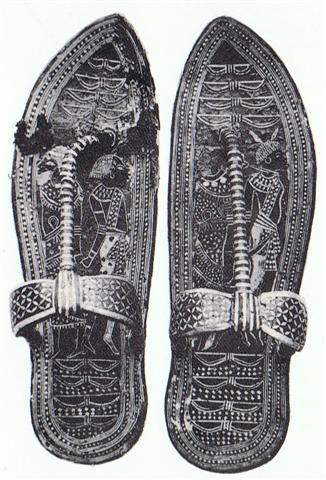
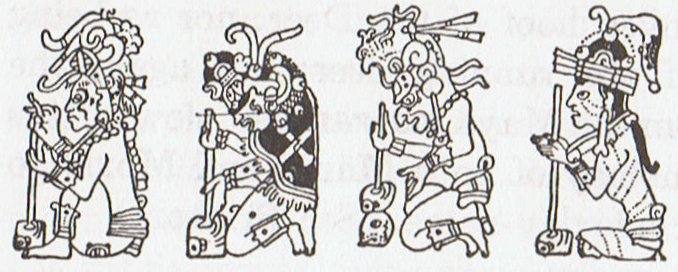
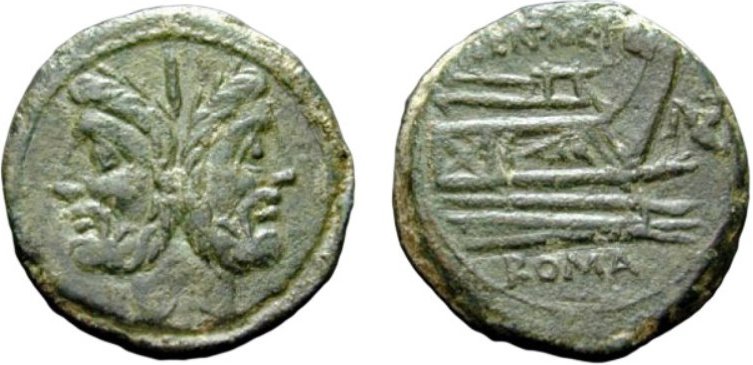
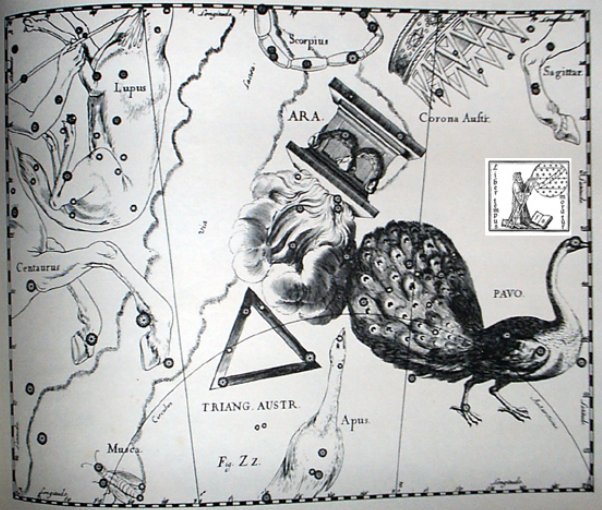


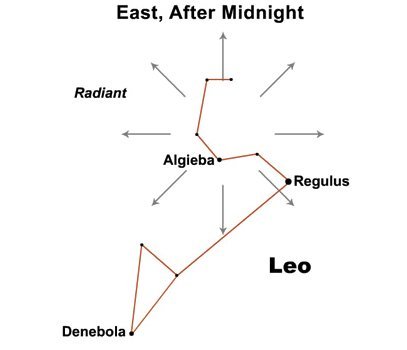






.jpg)








